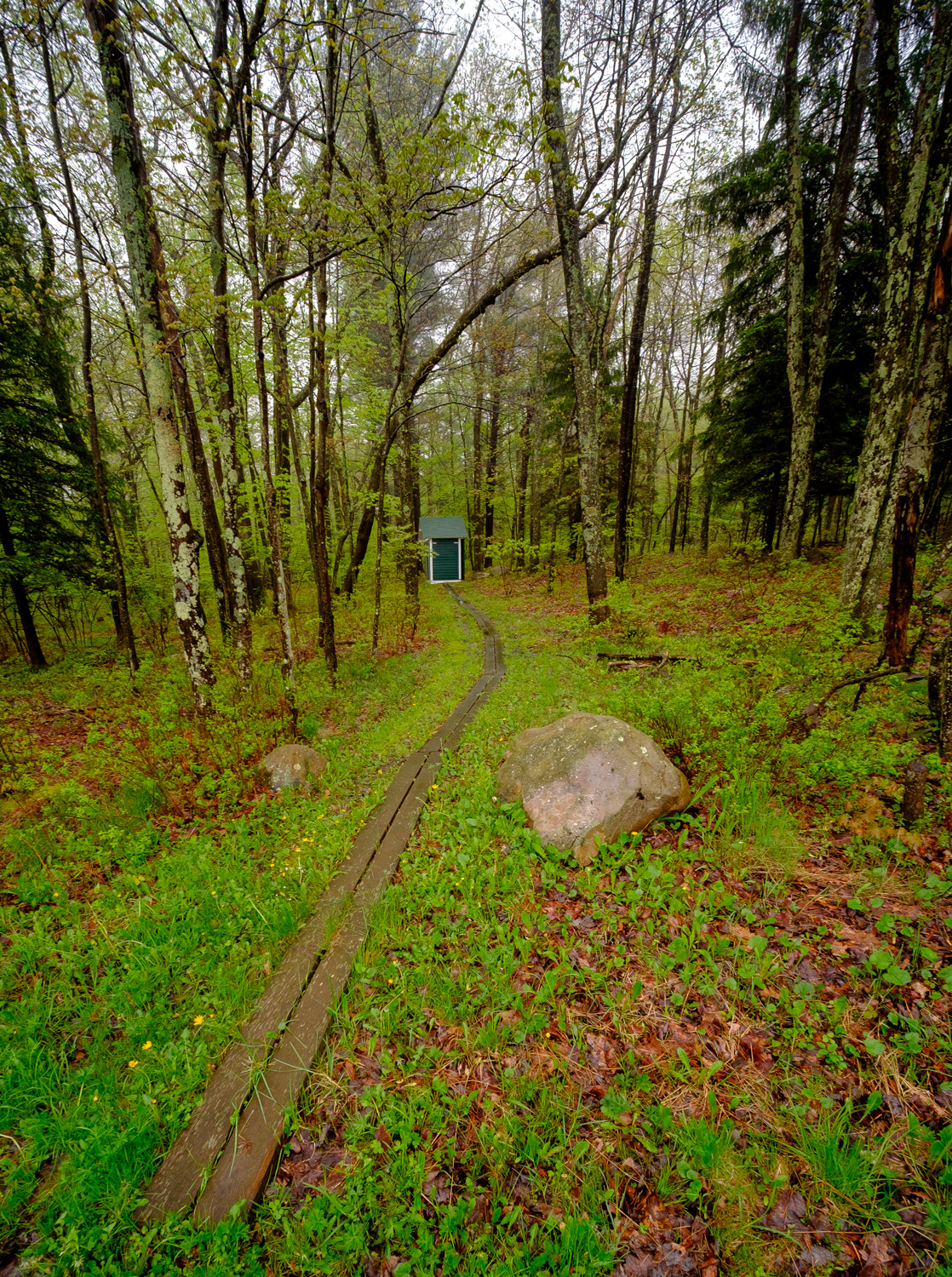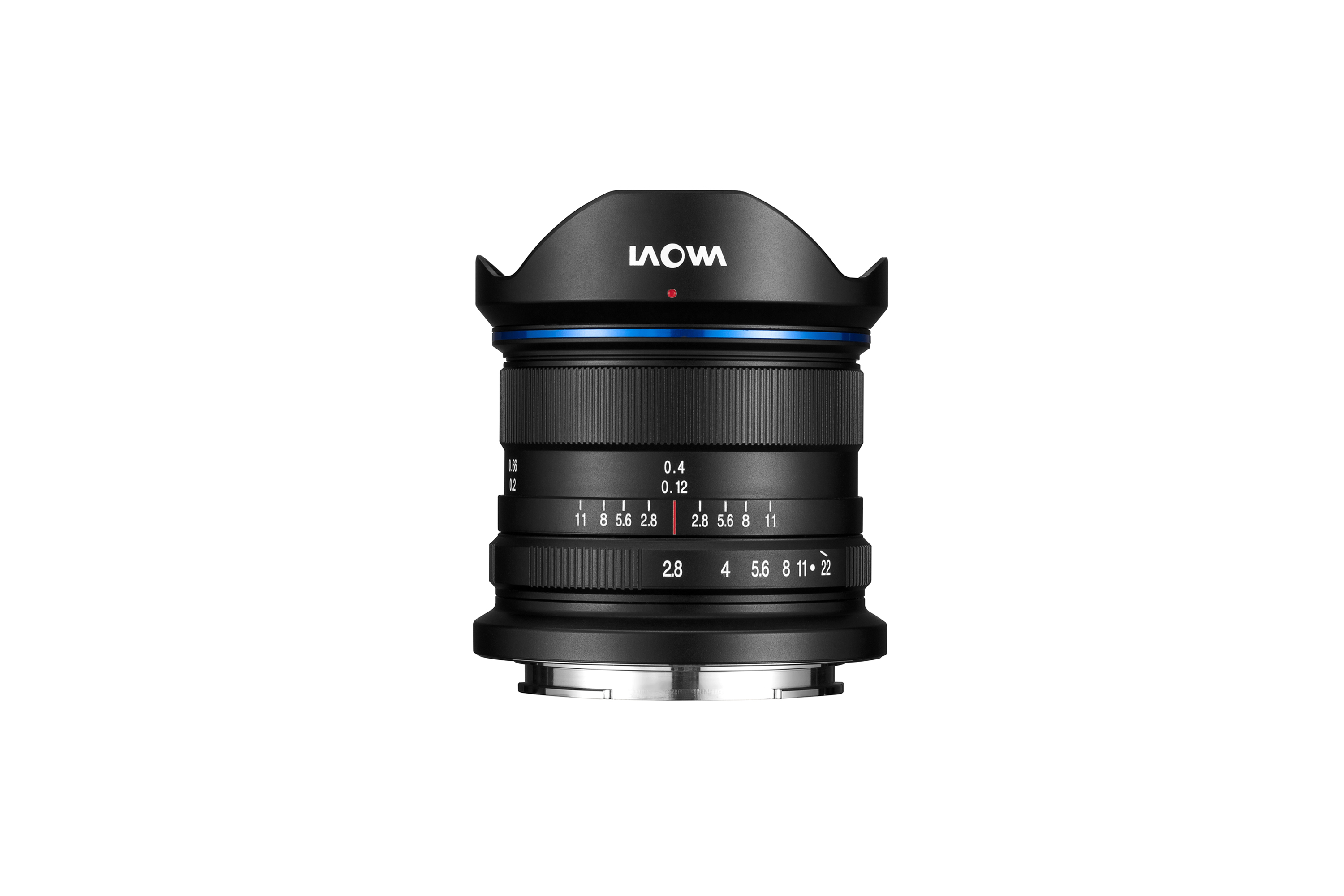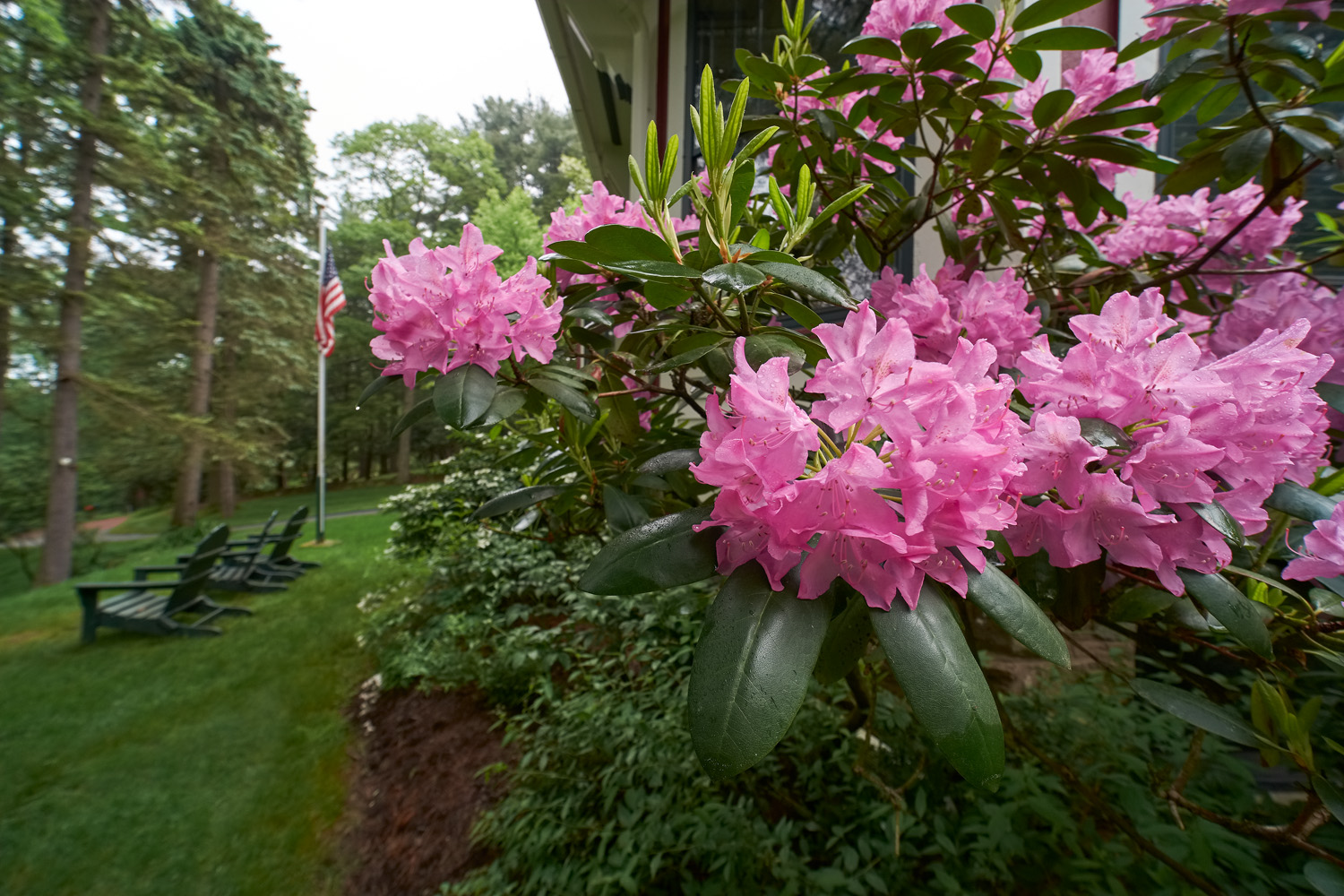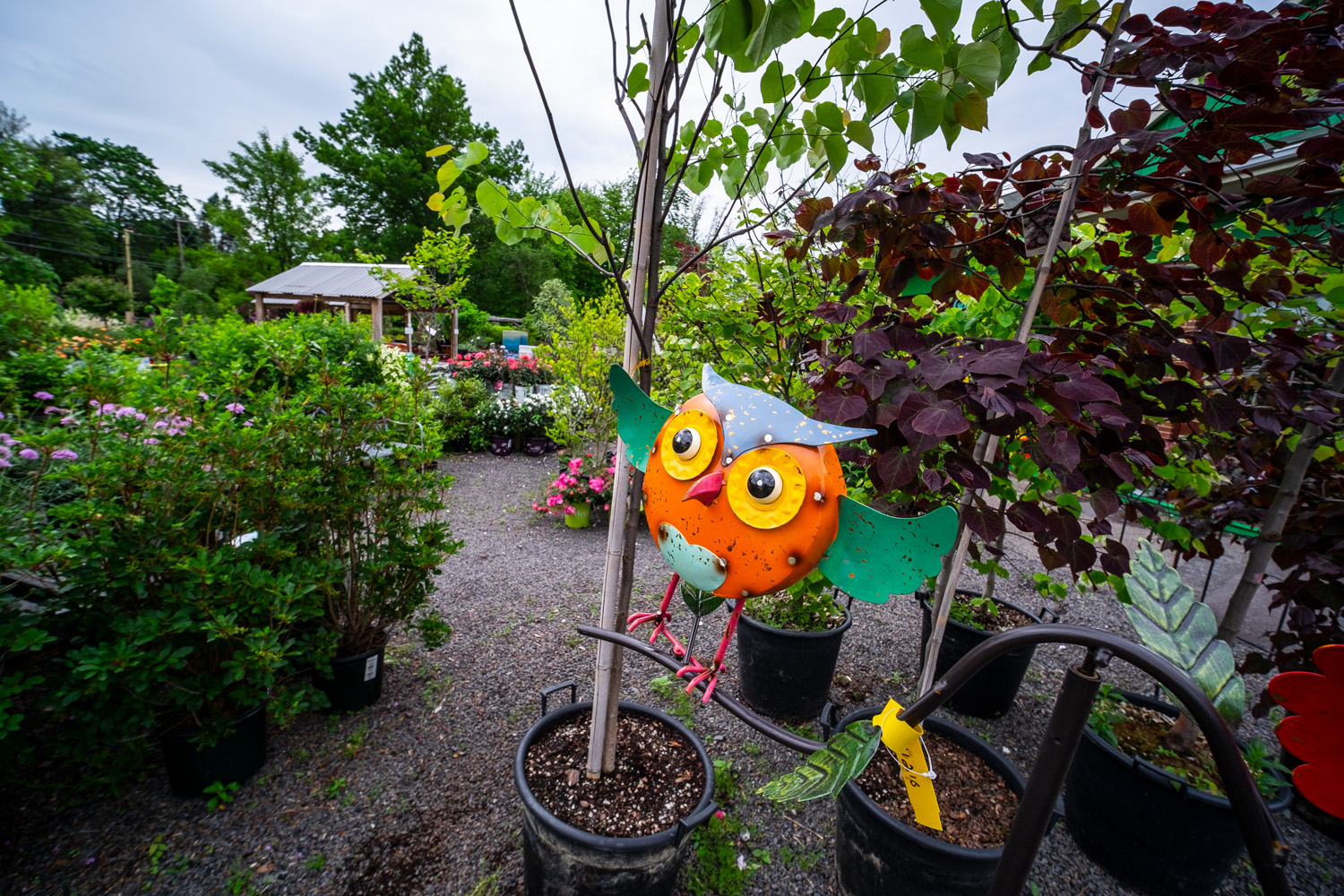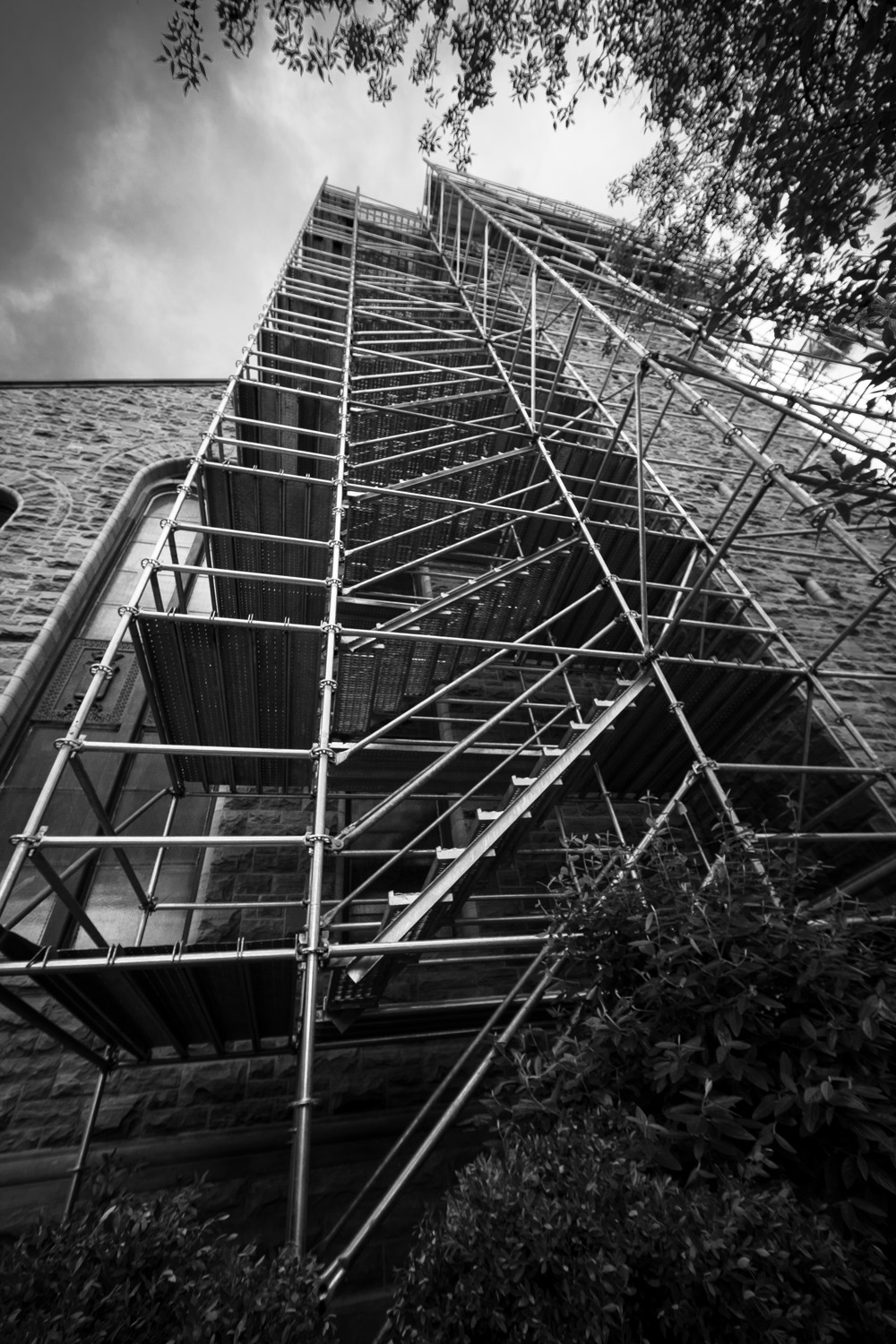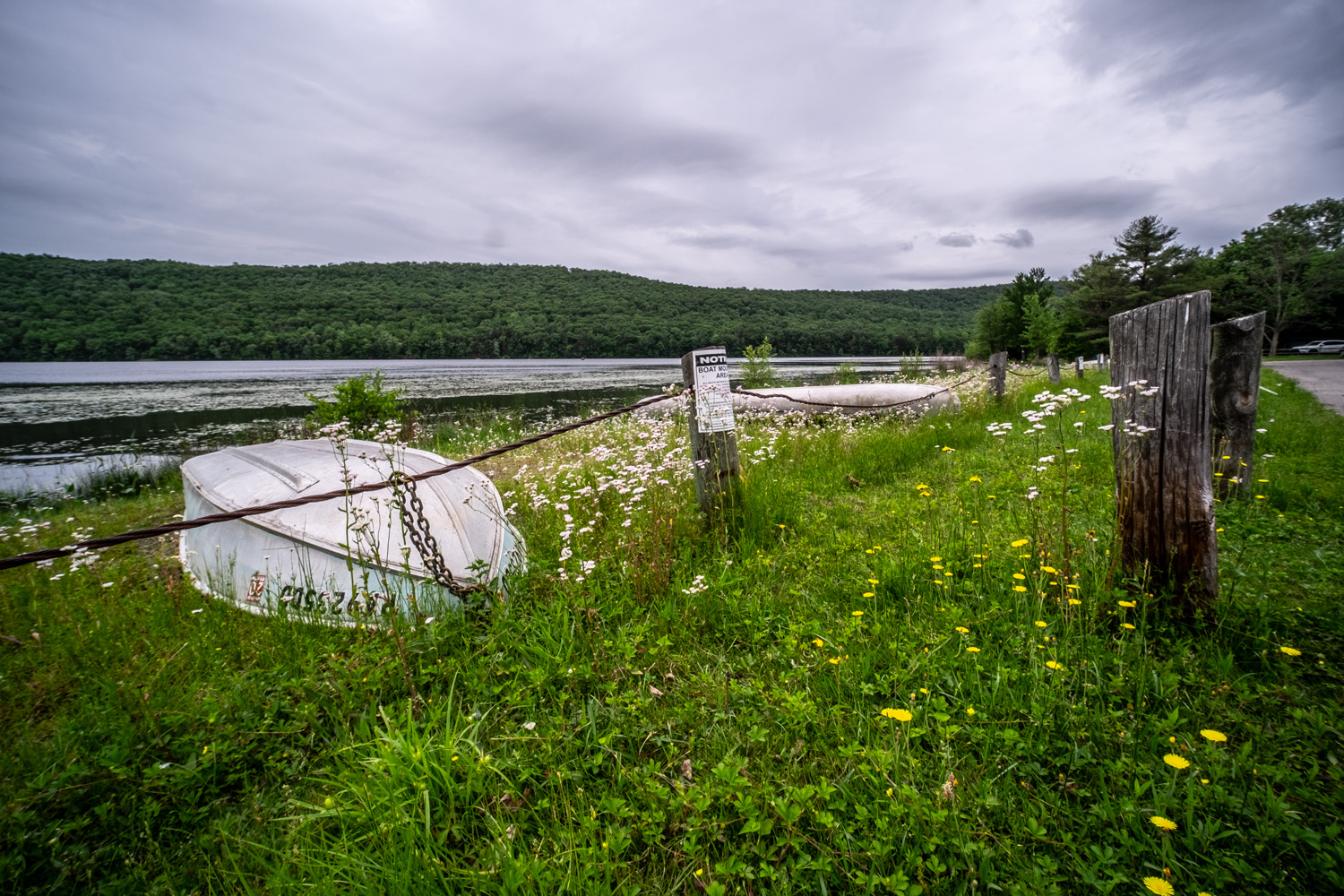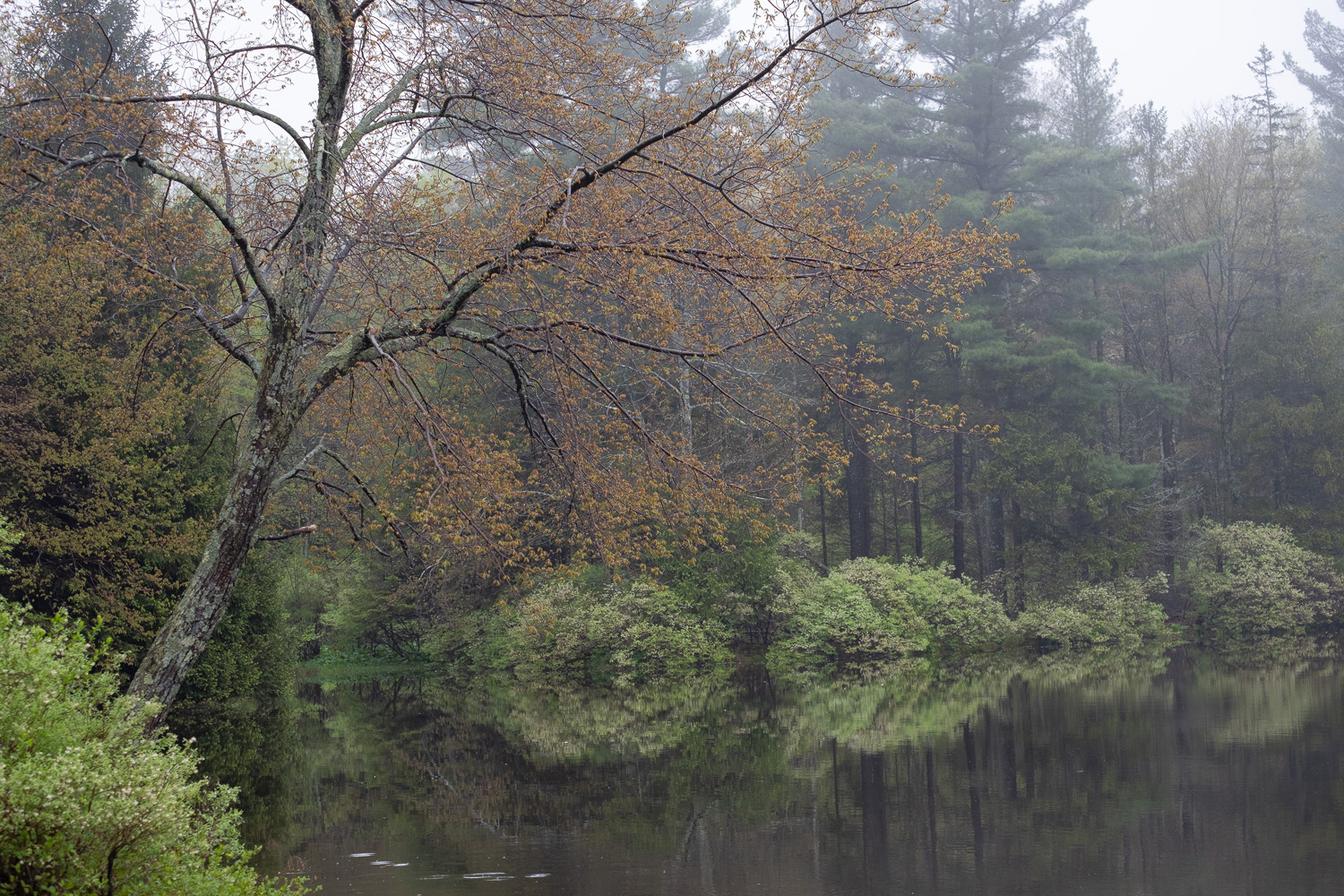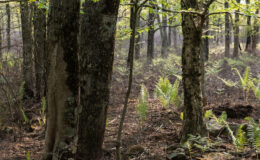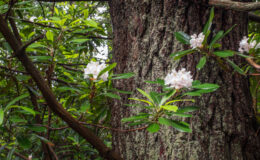Every once in a while, it is stimulating to leave what is familiar and comfortable, and venture into a place where we are challenged to adapt and extend our abilities.
In pursuit of this, some people travel to novel destinations, or take on a new physical challenge. In photography, this can mean trying a new form of photography or working with new equipment. Recently, my exercise has been to shoot in a very unfamiliar format with the Laowa 9 mm f2.8 ultra wide lens.
We all have our comfort level. In terms of focal lengths, I tend to work within a range of 35 mm to about 150mm (full frame equivalent). These days I favor my Fujifilm equipment. So the X100 series 23mm f2 fixed lens( 35 mm field of view), the TCL-100 adapter(50 mm field of view) and the XF 56mm f1.2(roughly 85 mm field of view) get the bulk of my use, with the XF 55-200mm zoom available when required.
A 9 mm lens (13.5 mm field of view) is radically more wide angle than anything I typically shoot. But I was intrigued by some images I saw online, shot with this Chinese-sourced lens. Curious, I purchased one from the company website.
This is a small lens, smaller than anything I currently have for the Fuji lens mount. It looks old-fashioned, it is made of metal with a metal lens cap and seems quite sturdy. There is a handy depth of field scale on the aperture ring. It interfaces securely with the Fuji X lens mount.
Setting the aperture and focus are done manually as there are no electrical contacts on the mount. The body must be set to “shoot without a lens” in the menus to allow the set up to work. One simply sets the shutter speed on “A”, and the light meter will set appropriate exposures on whatever aperture is selected. For the most part, this seems to work pretty well. Exposure compensation also seems to be usable.
Ultra wide-angle lenses require specific framing if you are to obtain an interesting image. I had very little experience with their use, so I went online and watched a variety of tutorials. Pretty much everybody says the same thing: first, you need to set the aperture fairly tight to maximize your depth the field. On the lens this wide, at roughly f11, everything from about 1 feet and infinity is in reasonable focus. You need to pick a subject in the foreground and then get extremely, almost uncomfortably close to it. Then need to pay close attention to the background, as this focal length is very inclusive. If your composition is right, then this should result in an interesting, fairly three-dimensional image.
With focal lengths this short, sometimes you have to get very low to the ground or shoot at unusual angles to frame a compelling image, or to exclude something unpleasant-looking. A tripod is helpful, especially since any small movement of such a wide lens tends to alter significantly perspectives and angles of the seen.
I quickly found that if I could not get sufficiently close to an interesting subject, the resultant image would usually be completely uninteresting and flat. Every once in a while though, you can break the rules, and still end up with an interesting photograph.
This was my first experience with a Chinese made lens. Both the aperture ring and the focus ring rotated smoothly, and the former had click detents at 2 stop increments. The front element has a hydrophobic coating said to resist water droplets and mist. The lens however, is not billed as weather-sealed. From the standpoint of built quality it certainly felt like pretty good value.
Image quality was interesting. This is not a fisheye lens and is designed to be rectilinear.I rarely found the need to set the aperture wider than perhaps f5.6 and found that from there to perhaps f11 the lens is not only very sharp in the center, but acceptably so in the corners. I have very little expectation that a modestly priced, ultra wide lens would be sharp edge to edge.
What was surprising was the light fall-off. There is considerable corner shading even at tighter apertures, though obviously this can be easily corrected in post. I think this is particularly noticeable, because unlike my Fujifilm lenses, the camera has no lens information to use to correct optical aberrations “in camera”.
I tended to shoot this lens on my XT 10, as the articulating screen of that camera was useful to frame images in some of the unusual angles required for wide angle photography. I found the best way to deal with focus, was use the focus peaking feature of the camera, but most of the time to bunch the sparkly bits towards the foreground, to prioritize sharpness there.
I did not shoot people with this lens. An optic this wide tends to do unflattering things to faces, particularly if you are close enough to fill the frame. And most casual subjects will be uncomfortable with the proximity that the lens requires. Stay tuned, though.
This brings up what for me at least, is a major disadvantage of shooting at this focal length. In situations where I am not shooting professionally, I am particularly wary of invading of peoples privacy and their property,procedure this for the sake of what is essentially my hobby.
Particularly in rural areas, when armed with an ultra wide lens, you simply cannot take advantage of every scene. In a cityscape though, where more interesting subjects are more freely accessible, things get somewhat easier. Sometimes however, no matter where you are, it may just be impossible physically to get close to a subject or location to the degree the focal length requires.
I have been shooting the lens for several weeks. I’m starting to develop a better sense of what will work with an ultra wide and what will not; my percent of “keepers” is going up. Now, when I’m opening up a card in Photoshop, I am seeing images that often intrigue me, but don’t look like my previous work.
Which I’m pretty sure was the goal of this exercise.


